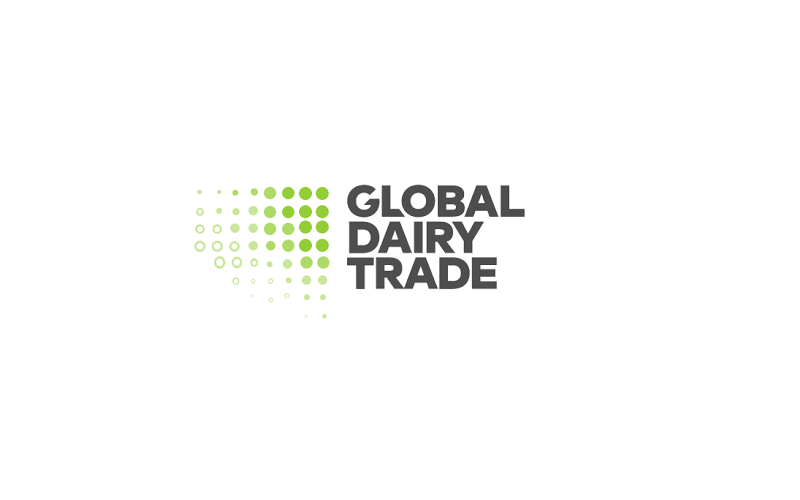Poland's Dairy Dilemma: Rising Costs Cast a Shadow, Yet Investments Forge Ahead
Sourse: The DairyNews
Despite facing financial challenges, the Polish dairy sector exhibits resilience as companies press on with investment plans, according to a recent report from the Polish Chamber of Milk.

In the first three-quarters of 2023, Poland's dairy industry reported a net revenue of PLN 38.3 billion (US$9.62 billion), reflecting a 10.1% decline from the previous year. Exports revenue also experienced a 6.9% decrease, reaching PLN 6.8 billion (US$1.71 billion).
While financial pressures persist, the sector witnessed a 2% increase in the cost of milk delivered to dairy plants, totaling PLN 11.6 billion (US$2.91 billion). Conversely, the average purchase price dropped by 8.3% to PLN 2.07 (US$0.52) per litre, as reported by the Chamber of Milk.
Compensating for escalating costs, cheaper raw milk emerged as a key factor boosting profitability in the dairy processing segment. Overall operational costs stood at PLN 38.3 billion (US$9.62 billion), registering a 6.2% decrease from the previous year. Energy costs surged by 13.7%, while expenses related to external services such as transport and logistics increased by 7.2%, and wages and salaries rose by 7.9%.
Agnieszka Maliszewska, Director of the Polish Chamber of Milk, noted, "The financial health of the Polish dairy industry has deteriorated compared to the same period in 2022, but it has improved compared to the results in the first half of 2023."
Despite a challenging financial landscape, the Polish dairy industry rebounded in the first three-quarters of 2023, reporting a net profit of PLN 139.8 million (US$35.11 million), in contrast to a loss of PLN 1.653 billion (US$410 million) in the previous year. The Chamber of Milk highlighted that only 49.5% of dairy companies generated a profit, down from 79% in the previous year.
Notably, the industry's financial struggles did not deter dairy companies from pursuing their investment plans. In the same period, Polish dairy businesses invested PLN 563.9 million (US$141.6 million), nearly matching the figures from the previous year.
However, despite ongoing investments, the outlook for the immediate future remains grim. Maliszewska expressed concerns that production costs will continue to rise in 2024, potentially diminishing the competitiveness of Polish dairy products in foreign markets.
While financial pressures persist, the sector witnessed a 2% increase in the cost of milk delivered to dairy plants, totaling PLN 11.6 billion (US$2.91 billion). Conversely, the average purchase price dropped by 8.3% to PLN 2.07 (US$0.52) per litre, as reported by the Chamber of Milk.
Compensating for escalating costs, cheaper raw milk emerged as a key factor boosting profitability in the dairy processing segment. Overall operational costs stood at PLN 38.3 billion (US$9.62 billion), registering a 6.2% decrease from the previous year. Energy costs surged by 13.7%, while expenses related to external services such as transport and logistics increased by 7.2%, and wages and salaries rose by 7.9%.
Agnieszka Maliszewska, Director of the Polish Chamber of Milk, noted, "The financial health of the Polish dairy industry has deteriorated compared to the same period in 2022, but it has improved compared to the results in the first half of 2023."
Despite a challenging financial landscape, the Polish dairy industry rebounded in the first three-quarters of 2023, reporting a net profit of PLN 139.8 million (US$35.11 million), in contrast to a loss of PLN 1.653 billion (US$410 million) in the previous year. The Chamber of Milk highlighted that only 49.5% of dairy companies generated a profit, down from 79% in the previous year.
Notably, the industry's financial struggles did not deter dairy companies from pursuing their investment plans. In the same period, Polish dairy businesses invested PLN 563.9 million (US$141.6 million), nearly matching the figures from the previous year.
However, despite ongoing investments, the outlook for the immediate future remains grim. Maliszewska expressed concerns that production costs will continue to rise in 2024, potentially diminishing the competitiveness of Polish dairy products in foreign markets.











